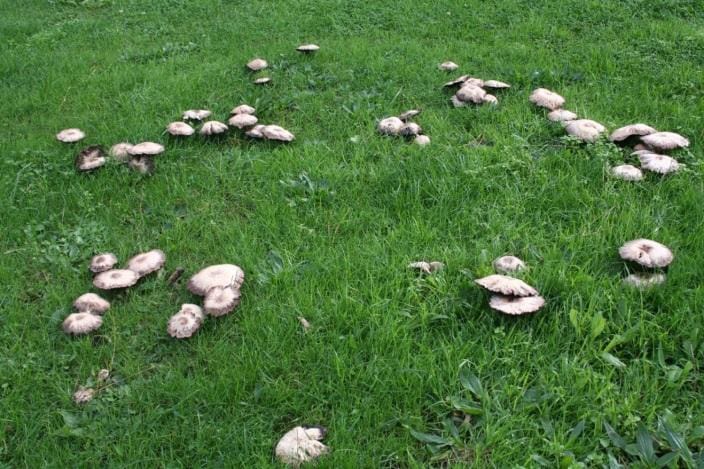There are three types of fairy rings based on the symptoms they produce.
- Type I. Grass is badly damaged or killed.
- Type II. Grass growth is stimulated.
- Type III. Grass growth is not influenced by the fairy ring. The only evidence of the fairy ring is the presence of fungal fruiting bodies.
The type III fairy ring symptoms are more predominant during prolonged periods of wet weather, while Type I and Type II fairy ring symptoms are common during hot, dry weather in the summer.
The most effective means for fairy ring control is to prevent the causal fungi from becoming established in the turf. It’s advisable to remove large pieces of woody material such as stumps, dead tree roots and other organic/woody debris before turf is planted to prevent the establishment of fairy rings.
Fairy rings thrive on organic matter; therefore, changing the organic content in the soil by spike/core aeration and thatch reduction can help to control fairy ring. Water and fertilize declining area inside ring appropriately to stimulate new turfgrass growth.
In golf course settings, the use of fungicides is an option to control fairy ring while corrective cultural measures are taken.
More information on fairy ring can be found at:
